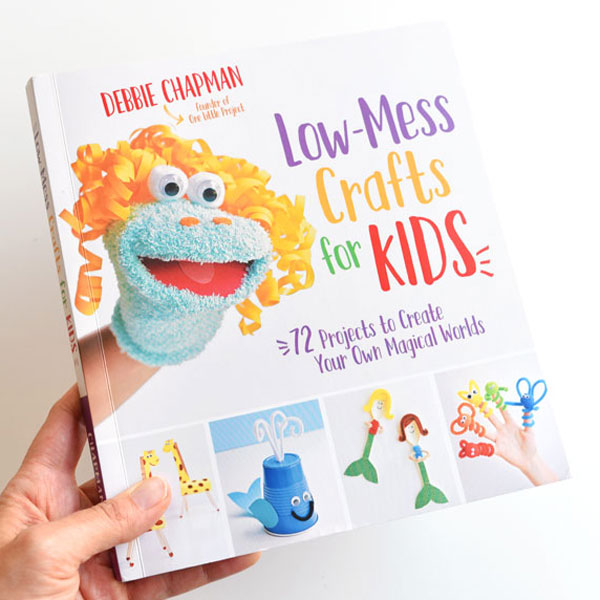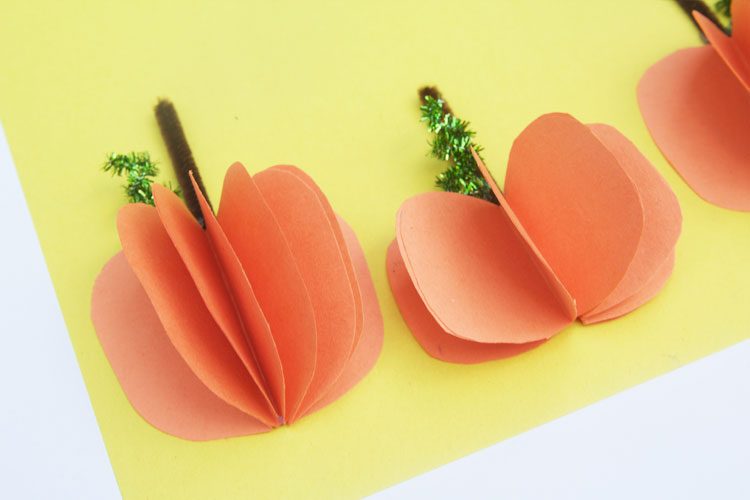This hands-on science experiment is really cool, whether you’re at home or doing a lesson at school. Just add a bit of water and prepare to be amazed as the paper worms grow and wiggle right before your eyes!
This post contains affiliate links. If you use these links to buy something we may earn a small commission which helps us run this website.
Helpful Tips:
What’s the best way to add water onto a paper worm?
If you have good control you can pour the water out of a measuring cup, like we did. But younger kids may prefer to use an eyedropper. This is a fun tool, great for building hand strength, and it ensures only a small amount of water is added to the worms at one time. Or stick the end of the straw in some water and place your finger on the top to trap the water inside. Hold the straw above the worm and raise your finger up to let the water fall out. Another easy and simple way to control the amount of water added is to scoop up the water with a small teaspoon or measuring spoon.
What type of paper do I need for the paper worm experiment?
We found that paper towel had the best absorbency, which made the worms grow the most and wiggle the best. But you can also use facial tissues (Kleenex), tissue paper, or a straw wrapper.
What can I roll the paper worm around?
Any cylindrical object will do to form these growing worms! If you don’t have a straw handy you can also use a pen, marker, pencil, chopstick, paintbrush handle, or wooden skewer. Thinner objects, like the skewer, will result in a skinnier worm, while thicker markers will make wider worms!
How does the growing worms science experiment work?
Imagine dipping the end of a paper towel into a glass of water. The water will climb up the paper towel all by itself, right? Well that’s capillary action, the same scientific principle at work here! Capillary motion involves both cohesion and adhesion. Cohesion means that the water molecules want to stay together, like they’re holding hands really tightly. But adhesion means the water wants to be friends with the paper towel too! Adding water to the paper towel makes the adhesion stronger than the cohesion. Then the water molecules begin to spread across the paper towel, since it’s a porous material – meaning it can absorb liquid. The water then spreads and travels through the tiny spaces in the paper towel. As the liquid is propelled along the paper towel the paper expands back to its natural size, giving the illusion that the worm is growing and wriggling.
Have fun exploring colour and science with this simple wiggly worm experiment. It’s so cool to see how a little bit of water can make the paper towel worms come to life and expand, as if by magic.
Here’s even more fun science experiment ideas:
Dancing Popcorn Experiment
Bouncing Bubbles
Elephant Toothpaste
Our book Low-Mess Crafts for Kids is loaded with 72 fun and simple craft ideas for kids! The projects are fun, easy and most importantly low-mess, so the clean up is simple!
Where to buy:




























